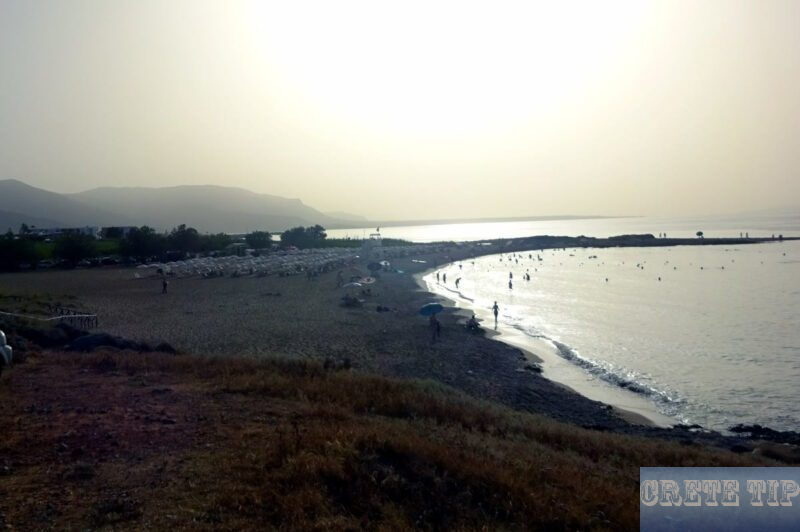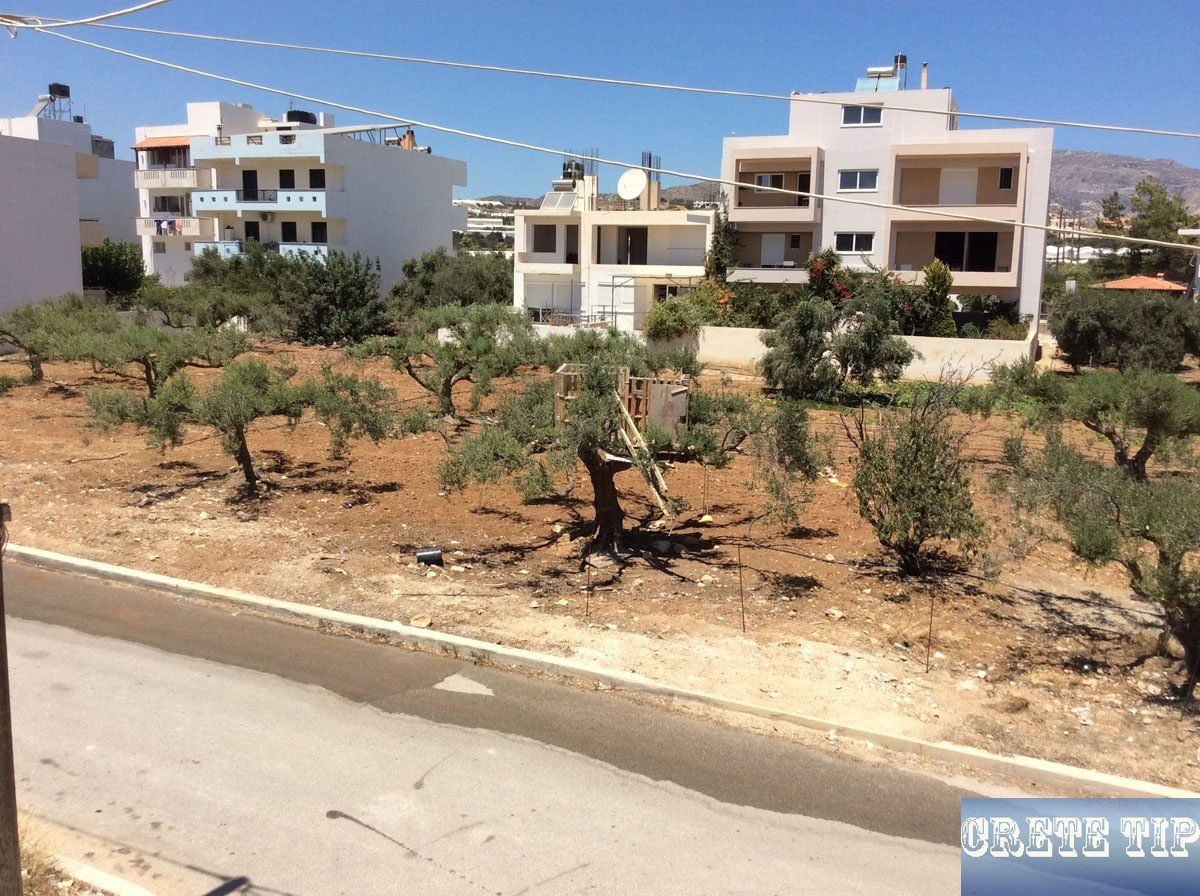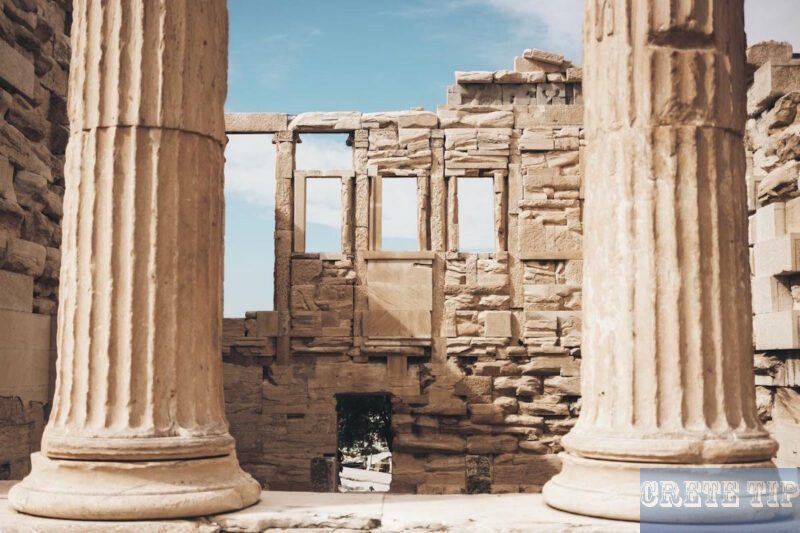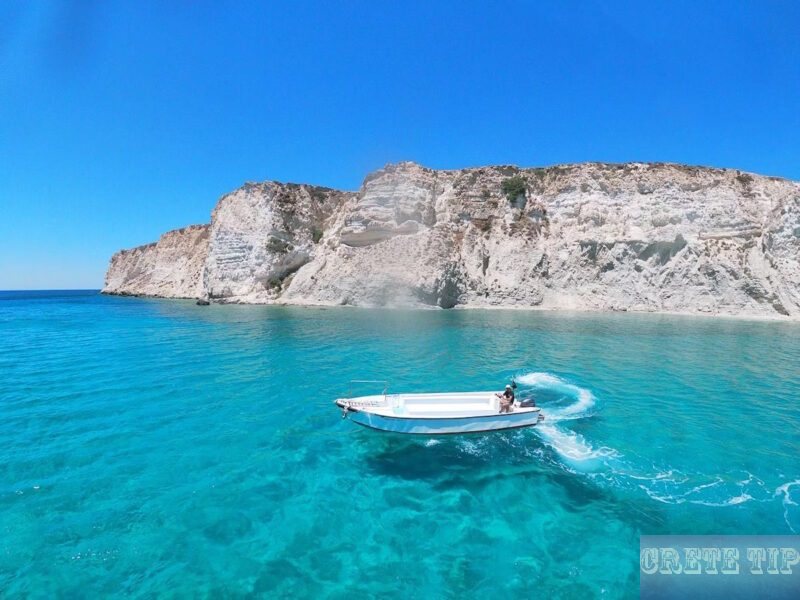Where is Swimming Prohibited on Crete? Top Restricted Beaches and Areas.

So, you’re thinking about swimming in Crete, but you’ve heard some beaches might actually be off-limits? That’s not just a rumor—there are a few spots where swimming’s officially restricted.
Why? Well, sometimes it’s about water quality, sometimes it’s safety, and sometimes it’s just bureaucracy doing its thing.
If you’re planning a dip, it’s a good idea to check which beaches are actually allowed for swimming. The local authorities usually post updates every summer, but honestly, it can be a bit confusing to keep track.
Some areas might have signs up, but not all spots are clearly marked. Locals usually know which ones to avoid, but if you’re just visiting, you’ll want to double-check before you head out.
There’s a list published by the municipality each year, but it’s mostly in Greek and not exactly easy to find. If you’re not fluent, you might need to ask around or look here.
It’s worth noting that these restrictions aren’t always permanent. Sometimes a beach will be closed for a season, then open again the next year if the water quality improves.
So, before you grab your towel and sunscreen, maybe take a minute to ask a local or check online. No one wants their beach day cut short by a surprise sign or a grumpy lifeguard.
Areas of Heraklion Prefecture Where Swimming is Prohibited
Almyros River Area
Swimming is not allowed within a 200-meter radius on either side of the Almyros River’s mouth, located in front of the DEH facilities at Linoperamata. This restriction exists because the area receives treated wastewater and discharge from the DEH and EKO facilities.
Giofyros River Area
The area around the Giofyros River, particularly within 200 meters of its mouth and surrounding the underwater pipeline of the Heraklion sewage treatment plant, is off-limits for swimming. This prohibition is also due to the region being designated as a recipient of treated wastewater.
Former Slaughterhouses of Heraklion
Swimming near the former slaughterhouses in Heraklion, specifically in the region of Nea Alikarnassos, is prohibited. The swimming ban covers 200 meters from either side of this location due to the area’s classification as a recipient of treated wastewater.
Additional Prohibited Areas
At jetties and marinas, as well as in the harbour of Heraklion.
Other specific zones where swimming is not allowed for similar reasons are also marked clearly to protect public health and ensure water quality.
Enforcement and Monitoring
These prohibitions are enforced following inspections by Health Inspectors who examine the beach and sea surface conditions. The quality of the seawater is also monitored through microbiological analyses. Observations and results guide these regulations, which aim to maintain safe swimming conditions throughout Heraklion’s beaches.
In which areas of Rethymno Prefecture is swimming prohibited?
Swimming restrictions in Rethymno, Crete, ensure the safety of visitors and protect certain areas. Here is a breakdown of places where swimming is not allowed:
- Port Areas: Swimming is prohibited in areas close to Rethymno Port. The presence of boats and strong currents make these areas unsafe.
- Industrial Zones: Places near industrial facilities have restrictions due to potential pollution risks. It’s crucial to avoid swimming in these zones to prevent health hazards.
- Protected Marine Areas: Certain ecological zones, like those designated for marine conservation, restrict swimming to preserve wildlife habitats.
In addition, swimmers should always observe local warnings and signs which might indicate temporary prohibitions due to weather conditions or other safety concerns.
In which areas of the prefecture of Chania is swimming prohibited?
The coastal waters of the Chania Regional Unit are generally considered safe for swimming, at least according to the regular water quality tests done by the local Public Health and Social Welfare Directorate.
They’re out there testing monthly at a bunch of coastal spots, just to keep an eye on things during swimming season.
But swimming isn’t allowed everywhere, and they’re pretty clear about that.
There are strict bans in place for all ports, anchorages, shipyards, and shipbreaking areas in the region.
On top of that, you’ll find a 50-metre no-go zone for swimming around any stormwater drain outlets.
That’s not all, either.
Further bans kick in along 200-metre stretches near wastewater discharge points, covering places like the Biological Treatment Plant of Chania Municipality and the sewage systems for Kalyves, Kissamos, and Palaiochora.
Some industrial spots in Chania have similar restrictions, though Kouloura beach is the odd one out—swimming’s still allowed there.
Location |
Swimming Status |
|
|---|---|---|
Ports, anchorages |
Entire area |
|
Stormwater outlets |
Swimming prohibited |
50 metres each side |
Wastewater discharge zones |
Swimming prohibited |
200 metres each side |
Kouloura Beach |
Swimming permitted |
N/A |
– Swimming is prohibited in a zone 200 metres west of the tanneries of 1866 Lakkon & Ploarchon Street to 200 metres east of the end of Agias Kyriakis Street, with the exception of the beach ‘KOULOURA’ of the Chania Municipal Council of the Municipality of Chania, where swimming is permitted.
– Swimming is prohibited in a 200 metre zone on both sides of the outlet of the BIOLOGICAL TREATMENT LINE of the Municipality of Chania (KOUMBELI area) into the sea.
– Swimming is prohibited in a 200-metre zone on both sides of the outlet of the KALYVON settlement wastewater treatment pipeline into the sea.
– Swimming is prohibited in a 200-metre zone on both sides of the sea outlet of the KISAMO settlement wastewater treatment system pipeline.
– Swimming is prohibited in a 200-metre zone on both sides of the sea outlet of the PALEOCHORAS settlement wastewater treatment plant.
– Swimming is prohibited in a 200 metre zone on both sides of the sea outlet of the sewage treatment system pipeline in the CHANIA – KOLYMPARIOU area (GERANI area).
– Swimming is allowed on all coasts that are not listed in the prohibited areas.
All of this is grounded in Law 743/77, which basically lays out how to protect water quality and public health along the coast.
The local port authorities team up with the Public Health Directorate to keep tabs on compliance and set up the right protection rules.
Marinas and tourist facilities might sound like they’d complicate things, but honestly, these places follow pretty strict environmental and safety rules.
That helps keep pollution in check, so the water stays decent for everyone.
If people ignore the bans, there’s a real risk—contaminated water can cause health problems, and the environment takes a hit, too.
That’s why they’re always monitoring and enforcing these rules, hoping to avoid any nasty surprises with water quality.
Swimming in Crete

Beaches Around Heraklion Open for Swimming
Apart from these restricted areas, the coastal waters of Heraklion have been deemed suitable for swimming. The popular spots such as Ammoudara, Karteros, and Agia Pelagia are frequented by locals and tourists alike for their scenic beauty and recreational opportunities. The quality of these waters adheres to directive 2006/7/EC, ensuring safe and enjoyable swimming experiences.
Importance of Observing Restrictions
Ignoring these swimming prohibitions could pose health risks due to potential exposure to contaminants from treated wastewater. The delineated no-swimming zones are in place not to hamper enjoyment but to safeguard public health.
Coastal Zones Beyond Heraklion
Crete boasts a myriad of beautiful beaches beyond Heraklion, each offering unique experiences. The beaches in Chania, like Balos and Elafonissi, are famed for their turquoise waters and pink sands. Rethymno’s beaches, including Plakias and Preveli, provide stunning views complemented by warm waters suitable for swimming and water sports.
Safety Measures on Crete Beaches
Beaches in Crete often employ lifeguards, especially during peak vacation periods. Lifeguards ensure the safety of swimmers by monitoring swimming activities and providing immediate assistance if needed. This practice is common in both northern and southern coastlines of the island.
Swimming Conditions in Different Seasons
The Mediterranean climate of Crete ensures warm sea temperatures year-round. During the summer months, water temperatures can rise to a pleasant 26-27°C, making it ideal for open water swimming, snorkelling, and other water sports.
Enjoying Crete’s Scenic Beaches
Crete’s scenic beaches, like those of the Akrotiri Peninsula and Agios Nikolaos, offer idyllic settings for a day out. Whether it’s the palm-lined Vai Beach or the sequestered shores of Loutro, visitors can easily find spots that cater to both relaxation and adventure. Activities ranging from sunbathing to scuba diving are popular draws.
Frequently Asked Questions

Which areas in Crete have swimming restrictions?
Certain places in Crete enforce limits on swimming. These often include rocky or cliff-side areas with strong currents, as well as private beaches owned by resorts or individuals. Always adhere to local signs and safety warnings to avoid these restricted zones.
Is swimming in Crete safe in May?
May is a favourable time to swim in Crete. The water temperature typically reaches around 20°C, making it enjoyable for swimming. The weather is also generally mild and pleasant, contributing to a comfortable swimming experience.
Are there dangerous marine animals in Crete’s waters?
While the waters around Crete are generally safe, there are some creatures that swimmers should be cautious of. Jellyfish can occasionally pose a threat, and it’s wise to stay alert for sea urchins and certain types of fish that may sting or bite.
Which beaches in Crete are known for being unsafe?
Beaches with strong undertows or currents can be unsafe for swimming. It’s crucial to heed warning signs and avoid these areas. Beaches without lifeguards or in isolated locations can also be risky.
Can you swim with dolphins in the waters around Crete?
Swimming with marine animals like dolphins is generally not allowed in Crete. Conservation efforts and regulations are in place to protect these creatures. Observing them from a distance during boat tours is encouraged.
Do sharks near Crete affect the safety of swimming?
Sharks are not typically a concern for swimmers in Crete. While they do exist in the Mediterranean, sightings are extremely rare. The chances of encountering a shark while swimming are minimal, making the waters around Crete quite safe.
See also: Beach holiday and climates



